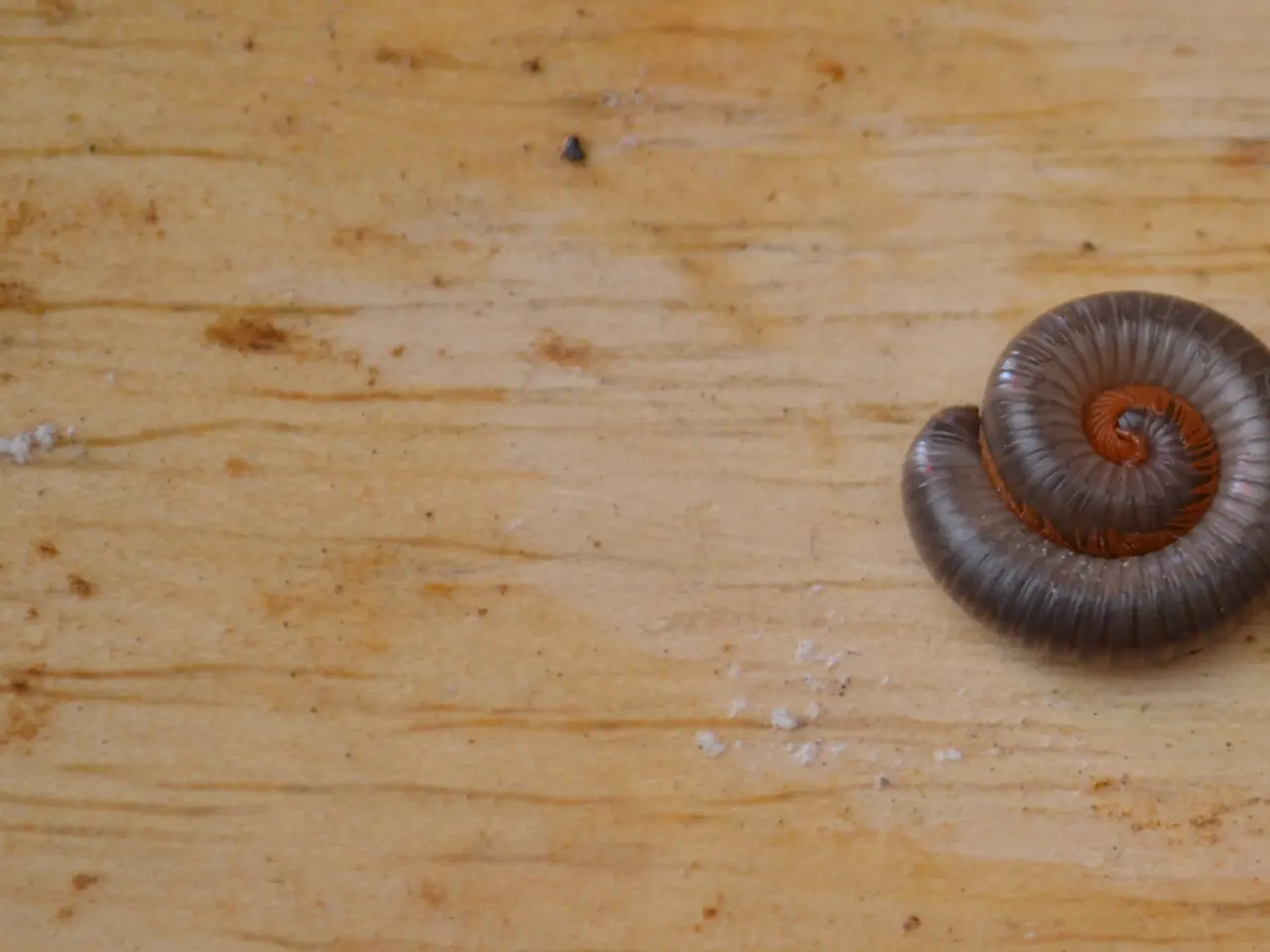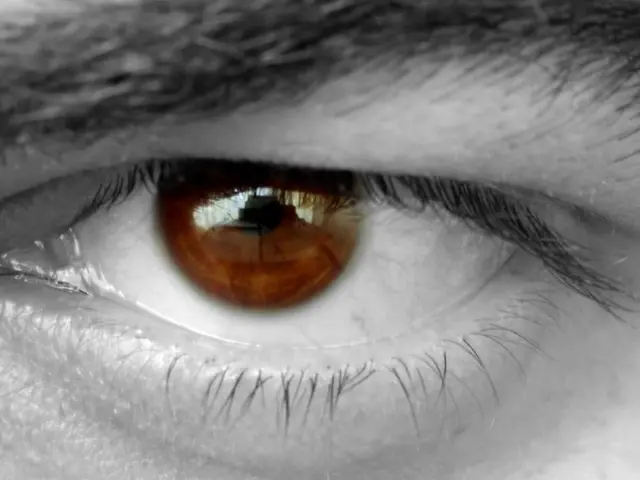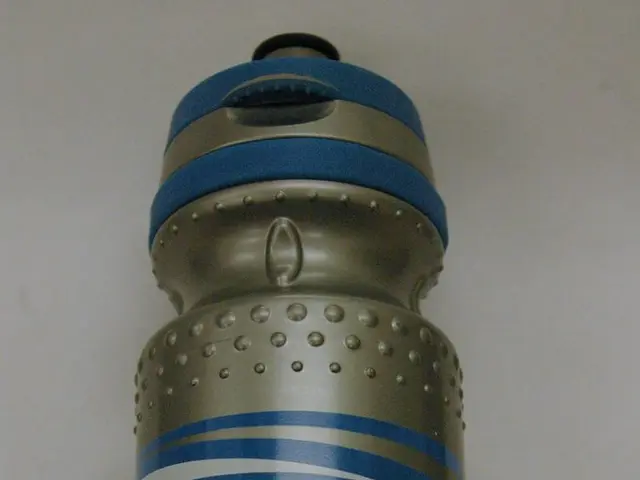Edema Pitting: Understanding its Causes, Treatment, and Other Factors
Pitting edema is a common condition that occurs when excess fluid accumulates in the body's tissues, causing swelling that leaves a temporary indentation when pressure is applied. This condition is most commonly seen in the lower limbs but can affect other areas as well.
### Causes and Risk Factors
Pitting edema can be caused by various factors, including medical conditions, lifestyle choices, hormonal fluctuations, and medications. Medical conditions such as chronic venous insufficiency, heart failure, kidney disease, liver disease, deep vein thrombosis (DVT), and fluid overload can lead to pitting edema. Lifestyle factors like excessive salt intake, prolonged sitting or standing, and aging also increase the risk. Hormonal and physiological factors, such as pregnancy, premenstrual hormonal fluctuations, and postpartum periods, can also contribute to pitting edema. Certain medications, including blood pressure drugs, steroids, anti-inflammatories, and hormonal therapies, may promote fluid retention.
### Accompanying Symptoms
Visible swelling, most pronounced in the legs, feet, and ankles, is a common symptom of pitting edema. The swollen area retains a "pit" or indentation after pressure is applied. In some cases, pitting edema may be accompanied by varicose or spider veins, particularly in cases of venous insufficiency. DVT can cause sudden and painful swelling, while systemic conditions like heart, kidney, or liver disease may present with additional symptoms such as fatigue, shortness of breath, or abdominal swelling.
### Treatments
Treatment for pitting edema focuses on addressing the underlying cause, reducing fluid retention, and improving circulation. Managing heart failure, kidney or liver disease, or treating DVT is crucial. Lifestyle changes, such as reducing salt intake, avoiding prolonged immobility, and elevating legs, can help reduce fluid retention. Compression therapy, including the use of compression stockings, can help reduce venous pooling and swelling. Medications, such as diuretics, may be prescribed to remove excess fluid. Postpartum edema relief involves maintaining a healthy diet, adequate hydration, and gentle exercise, as well as careful management of IV fluids during delivery.
### Important Considerations
Anyone experiencing shortness of breath, difficulty breathing, chest pain, or swelling in a single limb should seek immediate medical attention. The underlying cause of pitting edema should be identified to rule out dangerous conditions, often requiring thorough testing. Pitting edema is classified based on the depth and duration of the indentation, with Grade 1 being the least severe and Grade 4 the most severe. When leg pain and swelling persist after a person has been sitting for several hours, this may indicate DVT.
Factors that can lead to pitting edema include standing or sitting in one position for too long, poor circulation, obesity, pregnancy, trauma or injuries, eating too much salty food, certain medications, infection, blood clot, DVT, cirrhosis, congestive heart failure, kidney disease, and various conditions such as lymph node surgery, thyroid conditions, lung diseases, and heart disease.
Lifestyle and diet adjustments, such as staying active, avoiding long periods of sitting or standing, and doing gentle exercises, can help reduce the likelihood of developing edema. After successful treatment of the underlying cause, edema is unlikely to recur. In non-pitting edema, the skin will return to its swollen shape once pressure has been removed. Symptoms of pitting edema may include tingling or burning sensations, pain and aching, skin that feels puffy or stiff, skin that is warm or hot to the touch, numbness, bloating, water retention, cramps, unexplained coughing, fatigue, decreased daily energy, chest pain, shortness of breath, and difficulty breathing. Treatment for pitting edema involves addressing the underlying cause, which may include elevating swollen limbs, wearing compression stockings, undergoing vascular surgery, increasing blood protein levels, taking diuretics, and lifestyle changes. Imaging tests, such as chest X-rays, echocardiograms, ultrasounds, and blood tests can aid in diagnosing pitting edema.
- Multiple medical conditions, such as chronic venous insufficiency, heart failure, kidney disease, liver disease, deep vein thrombosis (DVT), fluid overload, obesity, pregnancy, premenstrual hormonal fluctuations, postpartum periods, and lymph node surgery, can lead to pitting edema.
- Lifestyle choices, like excessive salt intake, prolonged sitting or standing, trauma or injuries, eating too much salty food, and certain medications, may promote fluid retention and cause pitting edema.
- Hormonal and physiological factors, such as pregnancy, premenstrual hormonal fluctuations, and postpartum periods, can also contribute to pitting edema.
- Certain medications, including blood pressure drugs, steroids, anti-inflammatories, hormonal therapies, and some cancer treatments like chemotherapy, may promote fluid retention and result in pitting edema.
- Diabetes, particularly type 2 diabetes, is a chronic disease that can increase the risk of developing pitting edema due to poor circulation and high blood sugar levels.
- Multiple chronic diseases, including multiple sclerosis, COPD (chronic obstructive pulmonary disease), and NSCLC (non-small cell lung cancer), can lead to fluid accumulation and pitting edema.
- Respiratory conditions, such as asthma and emphysema, can cause shortness of breath, coughing, and fluid retention, potentially leading to pitting edema.
- Digestive health issues, like inflammatory bowel disease, can cause fluid accumulation and contribute to pitting edema.
- Eye health conditions, such as glaucoma, can also lead to fluid accumulation in the eye and potentially result in pitting edema.
- Hearing loss, tinnitus, and other ear-related conditions can be symptoms of pitting edema in the ear.
- In addition to fluid retention, pitting edema may be accompanied by other symptoms such as tingling or burning sensations, pain and aching, skin that feels puffy or stiff, skin that is warm or hot to the touch, numbness, bloating, water retention, cramps, and decreased daily energy.
- Treatment for pitting edema involves addressing the underlying cause, which may include lifestyle changes, medications, compressions therapy, vascular surgery, increasing blood protein levels, and imaging tests like chest X-rays, echocardiograms, ultrasounds, and blood tests.
- Apart from treating pitting edema, workplace-wellness programs can emphasize regular fitness and exercise, nutrition, and mental health therapies and treatments to prevent various chronic diseases and related complications, including pitting edema.
- Science continues to advance our understanding of chronic diseases, pitting edema, and the various factors that contribute to their development, offering hope for new treatments, therapies, and strategies to improve health and wellness.








